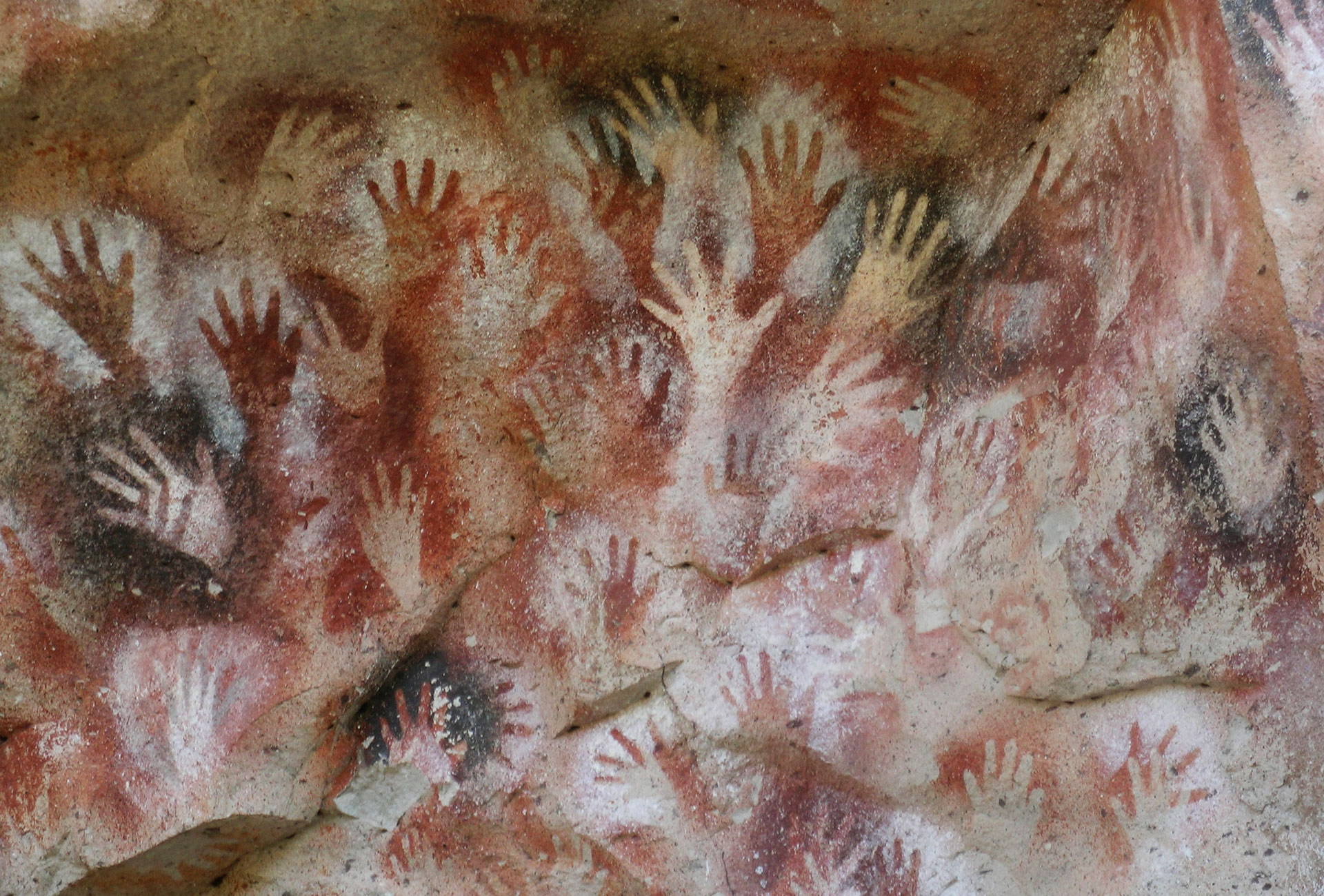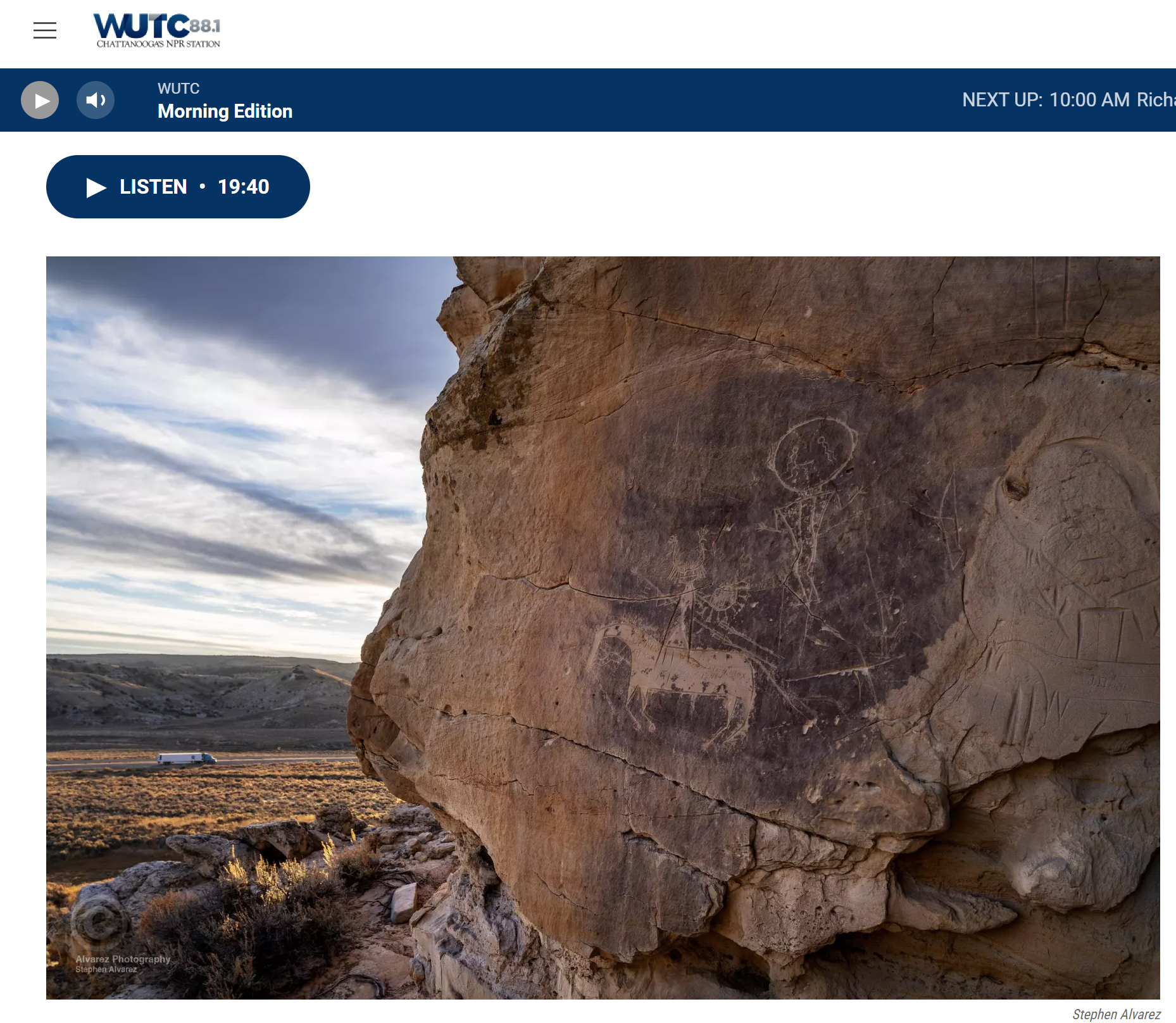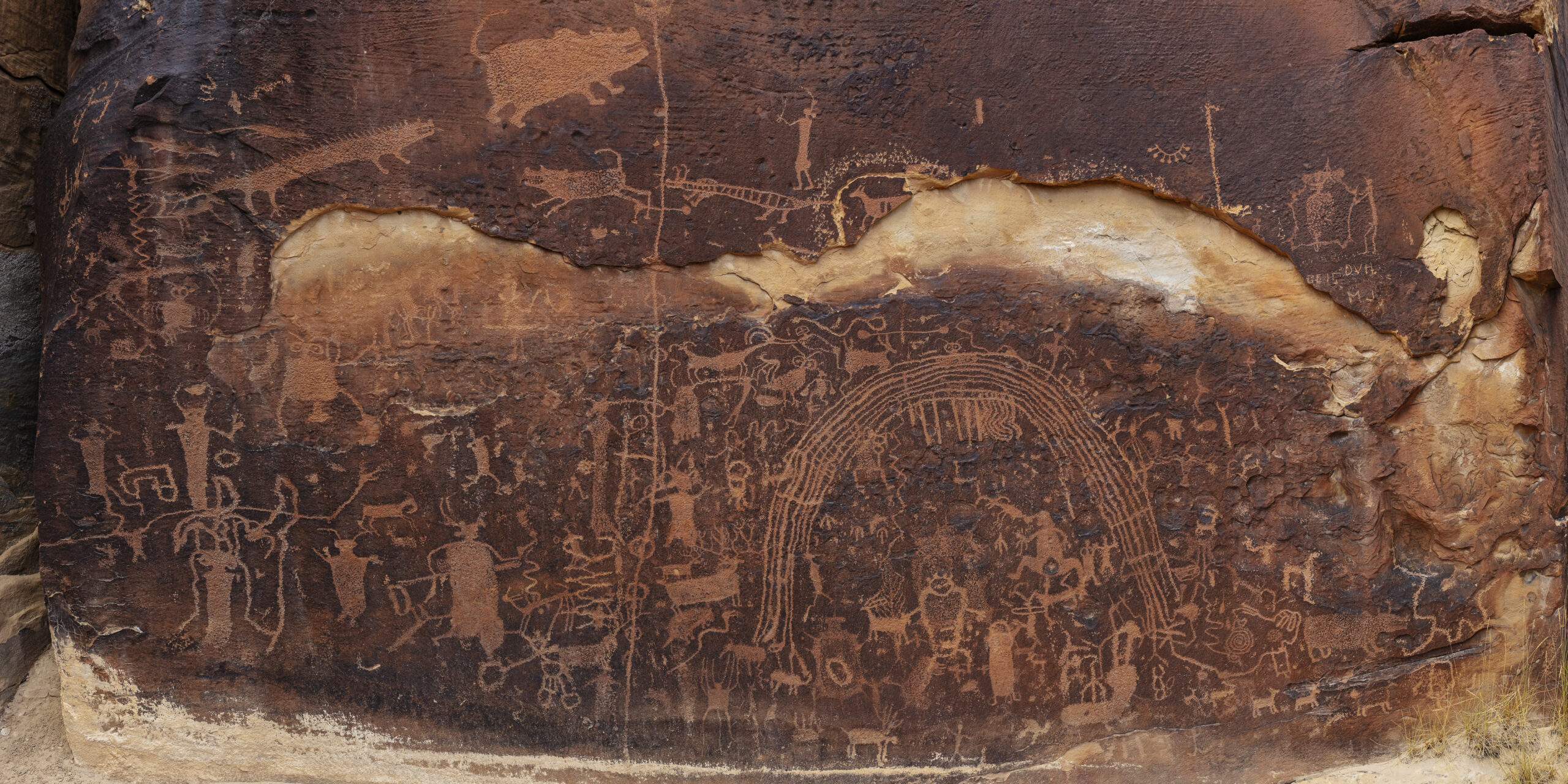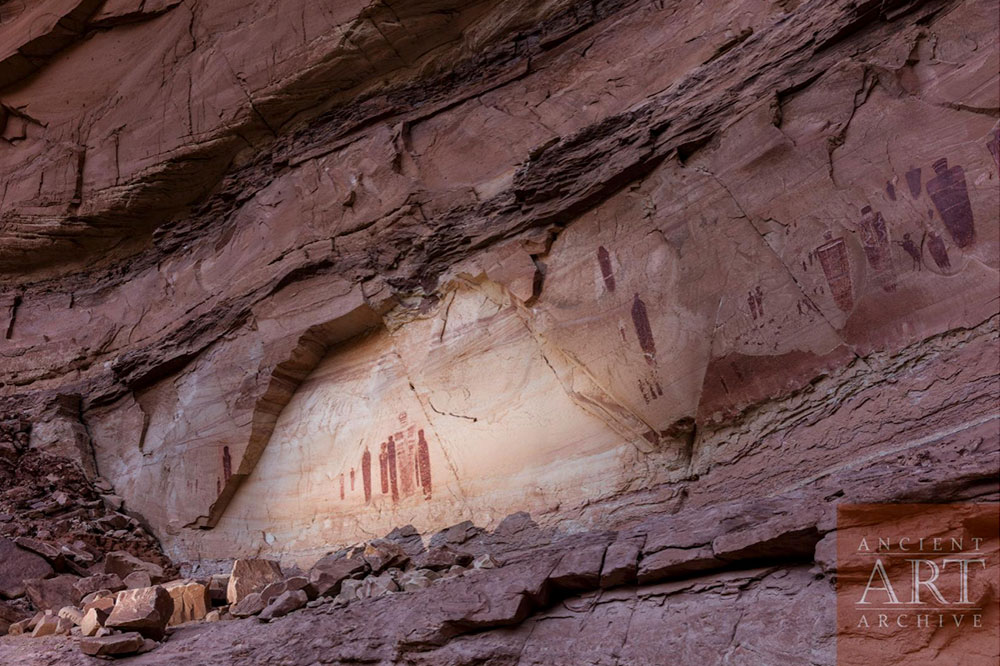Its long been assumed that pictograph sites like Cueva de las Manos (pictured) in Argentinian Patagonia were more than 7,000 years old. A paper this week in Science Advances by lead author Guadalupe Romero Villanueva announces new, much older dates for rock art in Patagonia. The pictographs in a handful of rock shelters described in the paper are more than 8,000 years old. The research team derived carbon 14 dates from carbon in the paint itself -the gold standard in pictograph dating.
Patagonia one of the final places in the Americas to be explored by humans, and the new dates are not terribly surprising.
What is most remarkable is the discovery that a black, comb shaped pictograph motif persists across 3,000 years. For some perspective, this a thousand years longer than Christians have been using the cross as a symbol for Jesus. 130 generations is a remarkable period of time for a symbol to persist.
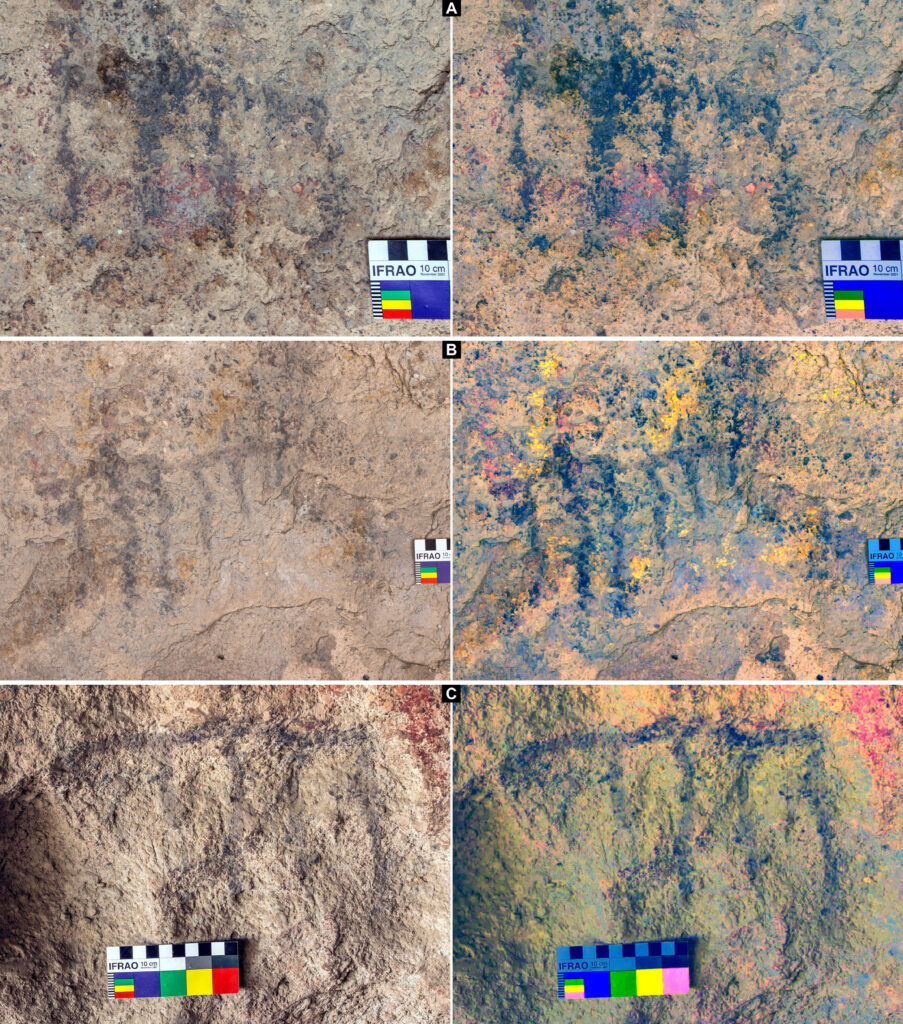
credit G.R.V. via Science Advances
There is no indication of what the black comb shaped symbols represented to those that made them. Yet the concrete time depth of the singular motif is striking. We see broad time depth in rock art styles in the Americas –Barrier Canyon Style for instance. But the dates from Barrier Canyon Style are not directly from the paint nor does there seem to be a singular motif that persists across BCS’ time frame.
Pushing back the timeline of artwork in Patagonia is impressive. The discovery of a motif with this sort of time depth is truly remarkable. It says much about the persistence of culture in the Americas.
Read the original paper here
